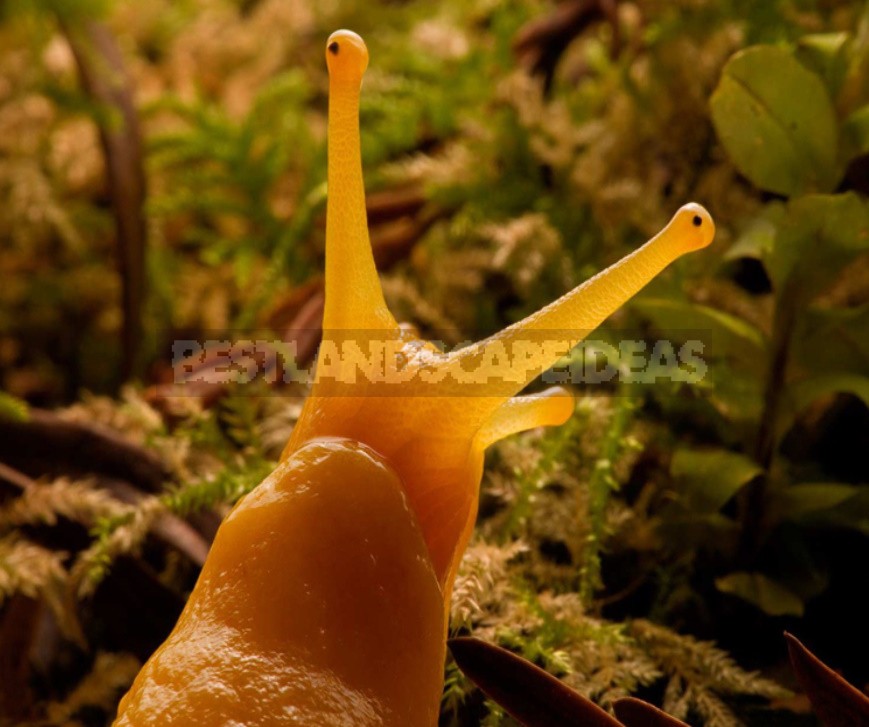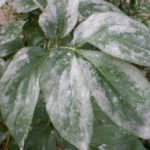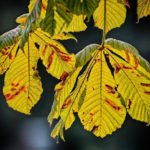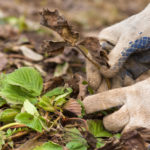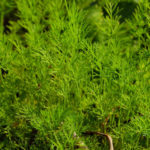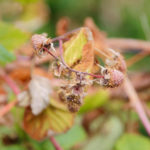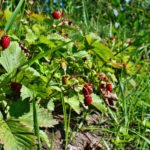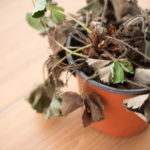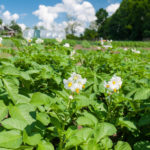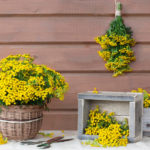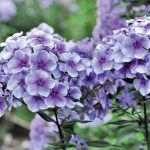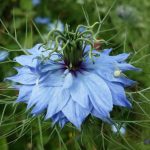Desperate to fight slugs in the garden? Fill the flower beds with plants that are not to the taste of voracious pests! Fortunately, the choice of the right representatives of the flora is not so small.
If slugs are constantly rampaging in the garden, you will have to give up the plants that are delicious for them or grow them only in pots. The crown “menu” of pests includes Hosta, Delphinium, dahlias, lilies, Helenium, Lupinus, as well as many annuals, among which the weakness of the “slippery types” are considered Tagetes, Zinnia and Helianthus. In addition, a lot of love slugs enjoy salad and other leafy vegetables. They are best cultivated on high beds, ideally with a scalloped border around the perimeter.
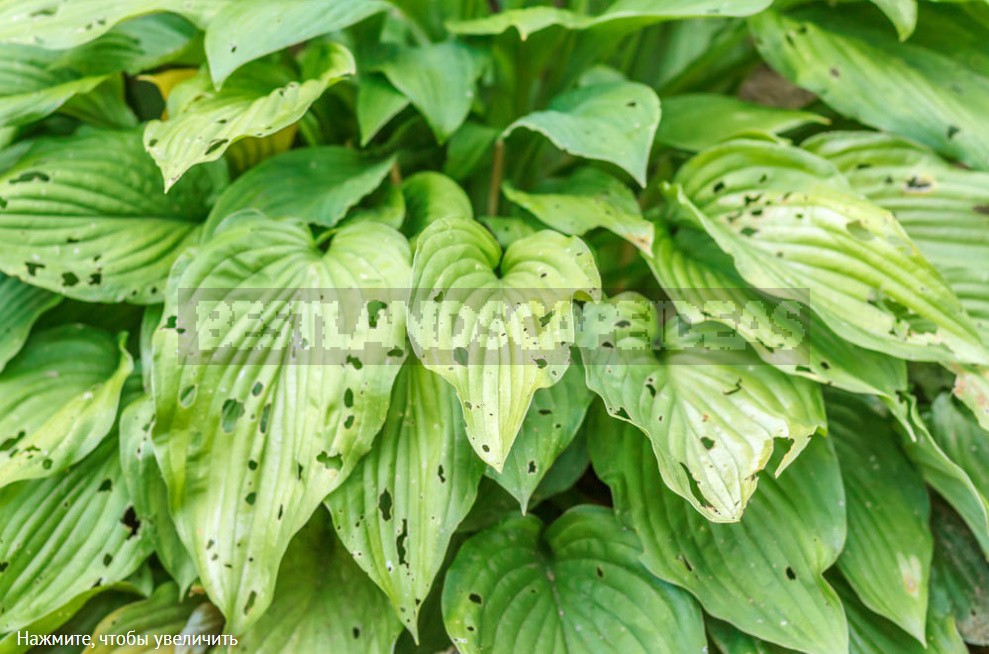
When from plants for a couple of nights there are stalks with “stubs” of leaves, and nearby traces of slime incriminating “criminal” are drawn, hands involuntarily fall. Especially if you want to avoid at all costs the use of powerful chemicals on the site to fight a voracious enemy.
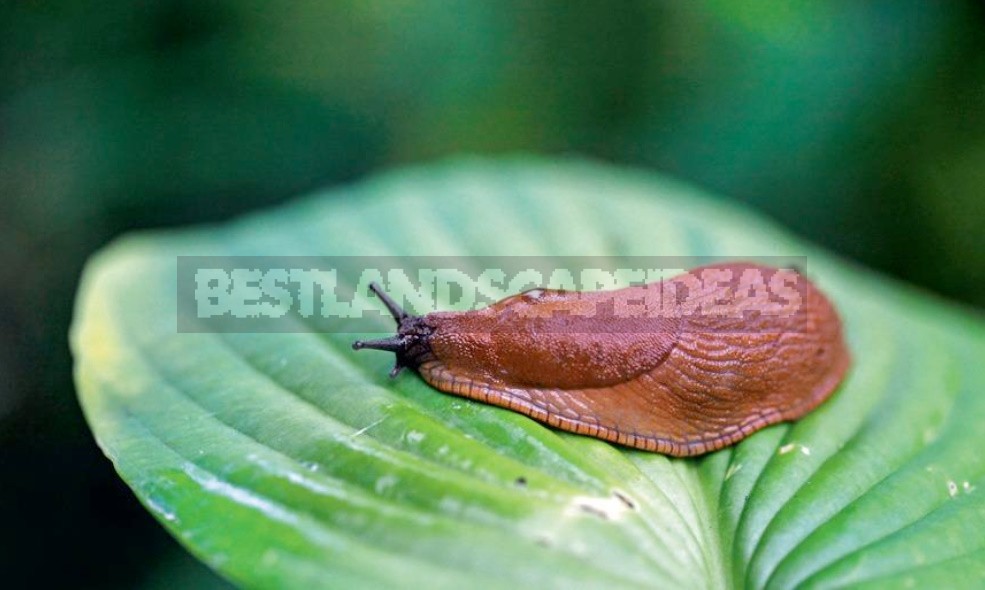
Arion vulgaris one of the most dangerous pests. After all, it has almost no natural enemies, even hedgehogs disdain them because of the bitter taste of slime.
There is a way out, and it is quite simple: choose for planting plants that “slippery types” are not up to the teeth, or those that cause them a persistent aversion. The first discourage these pests with pubescent fleshy and hard leaves, the second-with aromatic substances or bitter juice.
Stachys due to pubescent leaves is not included in the diet of slugs. In the role of framing the flower garden, it serves as an additional safety barrier to voracious enemies, although the rose ‘Aspirin’ and Tanacetum parthenium are also not to their taste.
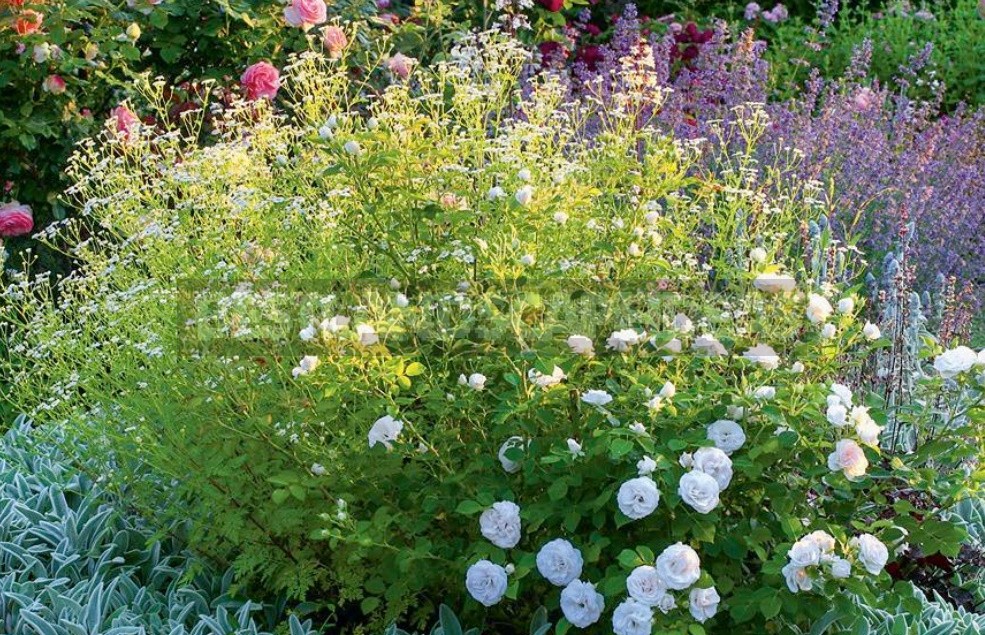
There are more plants that are not listed in slugs than many people think. Along with the species shown in the photo and drawing, they include such herbaceous perennials as Centranthus, Lysimachia, Gypsophila, Dianthus, Epimedium and Platycodon.
Among annuals and biennials, slugs are repelled by Tropaeolum, Centaurea, Antirrhinum, Impatiens walleriana, Oenothera, Digitalis and Dianthus barbatus.
Flower beds filled exclusively with these plants have a high chance of avoiding ruin.
Also, slugs disdain bulbous such as Leucojum vernum, Muscari, Convallaria and Fritillaria meleagris.
In the photo: purple Liatris spicata ‘Kobold’, silver Stachys byzantina and blue Veronica spicata — the perfect trio that can withstand even a mass invasion of “slippery types”. Low-growing ornamental shrubs, such as Spiraea japonica ‘Little Princess’, will become an obstacle to slugs on the way to herbaceous perennials in the flower garden. Sage in the middle of planting will also discourage pests from eating.
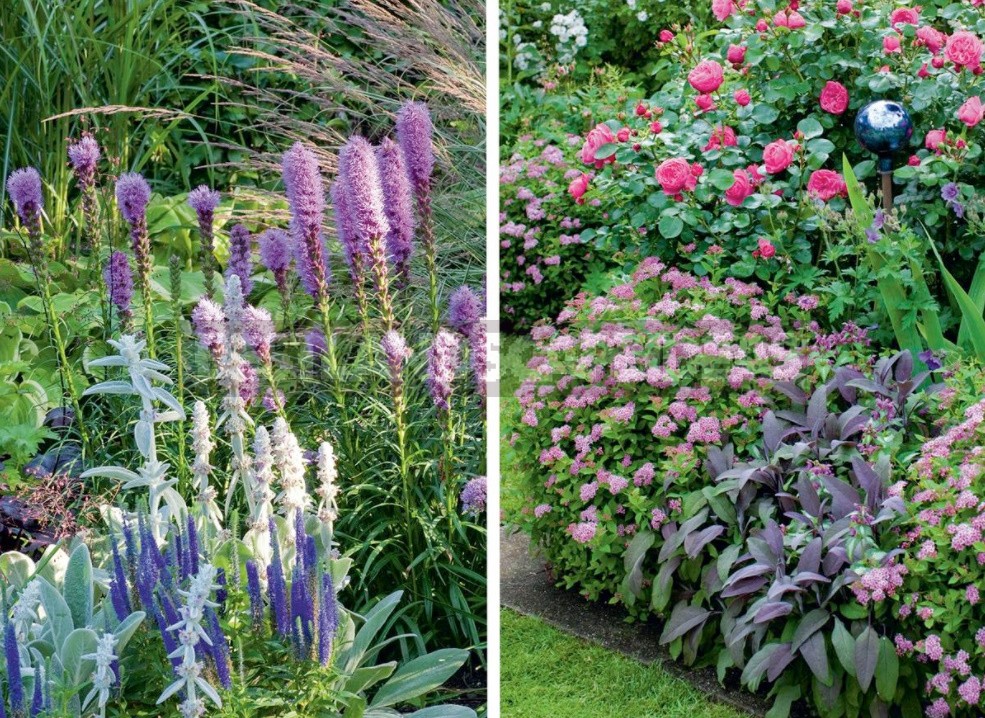
What about other Pets? Plants with tender soft aboveground parts and a pleasant smell for slugs are the first to fall under the attack — in the spring, young shoots of many herbaceous perennials become the main dish in the menu of” young ” slimy gluttons.
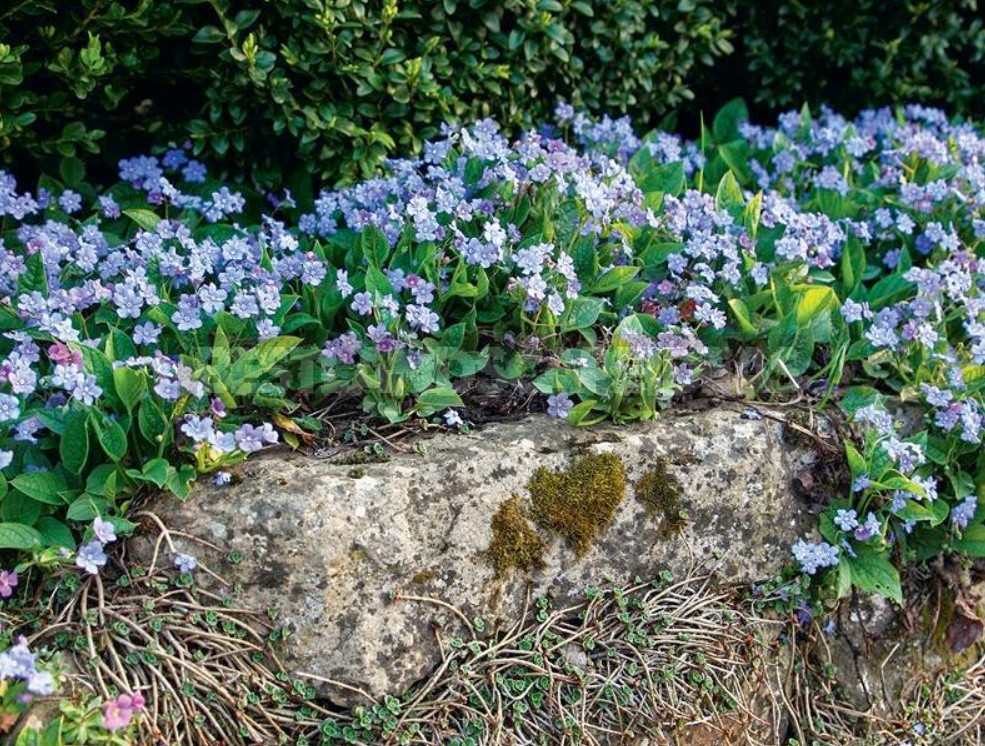
Just as susceptible to attacks by invaders and seedlings of many plants that in adulthood, as a rule, do not cause interest in slugs. But this problem is also solvable: if the “young creatures” first grow up in pots, waiting for them to gain enough weight, you can not worry about their future fate.
A flower garden option that won’t tempt slugs
In a flower garden measuring 0.75×2.6 m in the far row, the first to attract attention is (1) Aconitum napellus, flowering: June-July, height: 1.2 m.
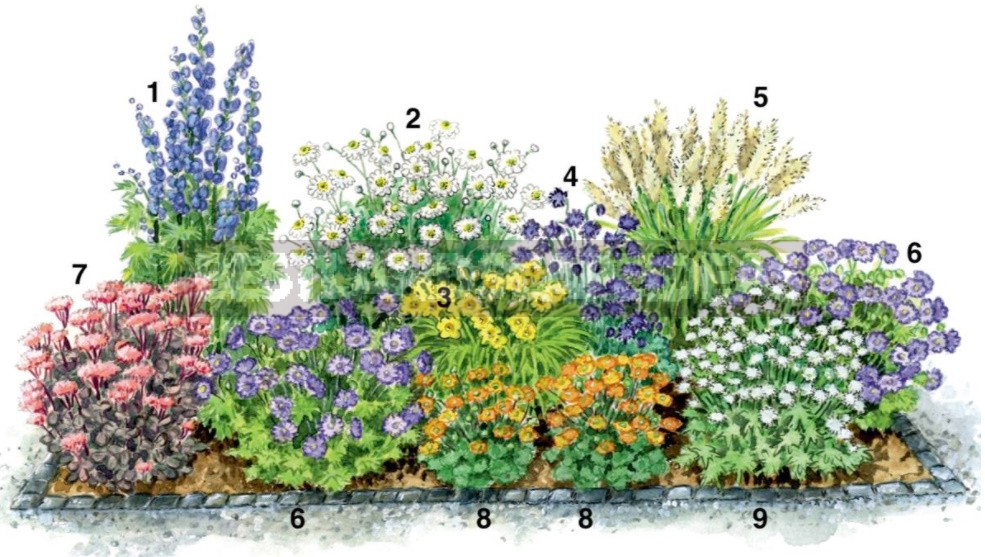
Next to it bloomed (2) Anemone japonica ‘ Whirlwind’, flowering: August — September, height: 1 m.
Yellow (3) Hemerocallis hybrid ‘Stella de Oro’, flowering: June – September, height: 30 cm, effectively shades the blue-purple (4) Aquilegia vulgaris ‘Blue Barlow’, flowering: June — July, height: 30 cm.
Filigree inflorescences-panicles decorate the flower garden (5) Achnatherum brachytricha, flowering: August — October, height: 1 m.
Next to and in the front row blooms (6) Geranium x magnificum ‘Rosemoor’, 2 copies., flowering: June-July, September, height: 50 cm.
In the foreground, it is supplemented by (7) Sedum ‘Matrona’, flowering: August – September, height: 60 cm, and (8) Geum x heldreichii ‘Sigiswang’, 2 copies, flowering: June – July, height: 25 cm.
Nearby grows (9) Astrantia major ‘Shaggy’, flowering: June-July, height: 60 cm.
What else is not to the taste of slugs:
- Penstemon digitalis ‘Husker’s Red’ blooms luxuriantly in summer, ignored by a team of slick gluttons. The plant is constantly visited only by numerous bees.
- Openwork leaves of Alchemilla mollis are absolutely not to the taste of pests. Even the young shoots of the plant do not attract them.
- Many spicy herbs due to their high content of aromatic substances also do not belong to the favorite delicacies of slugs.
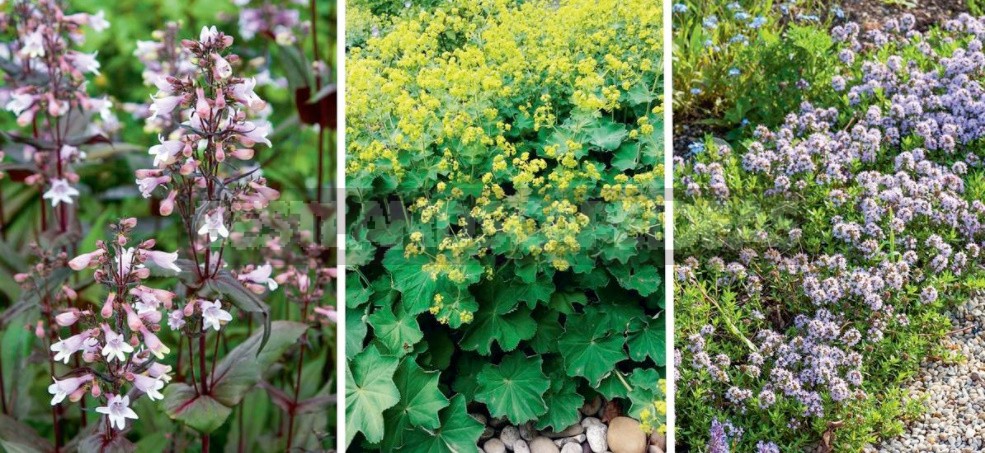
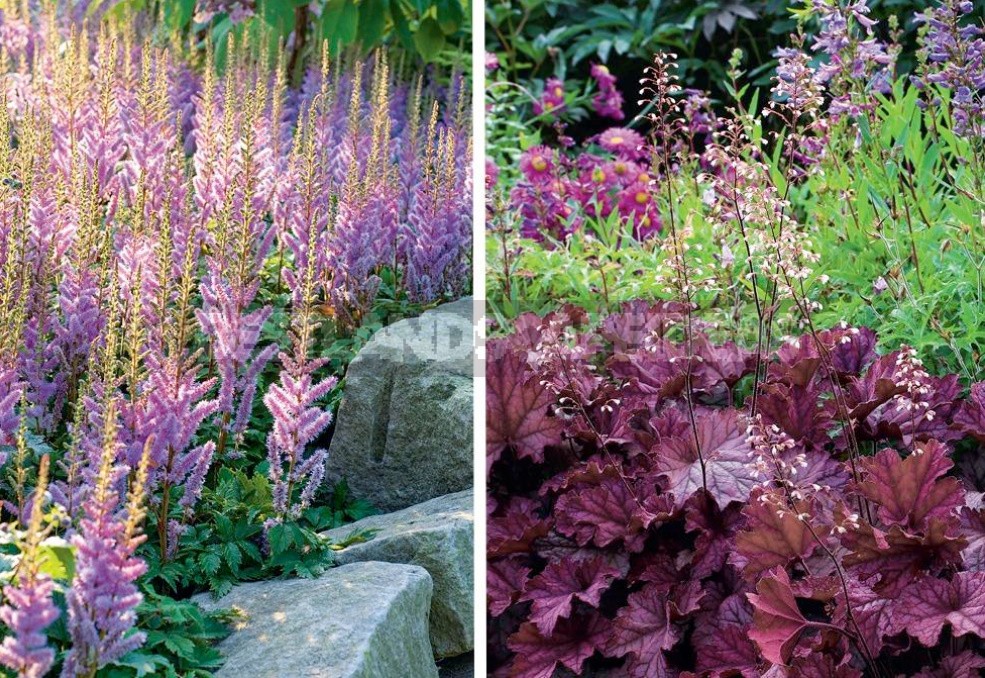
Important: there is no absolute guarantee that slugs will not come any closer to plants. If a “tasteless” species grows in a flower garden with “Goodies”, it is likely that it will add to the menu of pests.
And yet-if the invasion of slugs is massive, any plants are under threat. Everyone wants to eat, so the question “delicious-tasteless” is no longer relevant. This is especially felt in areas bordering meadows, as well as in gardens in regions with a moderate humid climate, where conditions for slugs are ideal. There, even if there is nothing on the site except “nasty” plants, there is nothing to feed, except not so fast. In this case, no “chemistry”, unfortunately, can not do.
Not every slug is a pest
These species do not belong to plant pests, so you should not declare war on them:

1. Cepaea hortensis feeds mainly on algae and lichens, so it is quite rare in gardens.
2. Helix pomatia also eats withered parts of plants and algae. It is distributed in southern Europe, where the habitat conditions are most suitable for it. In our country it occurs only locally, as a result of human breeding. In the middle zone, it reproduces very slowly.
3. the diet of Limax maximus is the same as that of the above-mentioned species, only it is still supplemented by mushrooms and… its own brethren, for example, Arion vulgaris and its eggs.
